My journey has been about the roads. Paved or unpaved, they connect me from one city to another, through rural areas and towns seldom visited by outsiders. One of the things I’ve loved most about this trip is finding myself in these cities, with their vibrant markets, beautiful squares and mix of colonial and pre-colonial culture. Northern Peru wins the award so far when it comes to charming urban centres. This stretch took me through three of my favourites – Cajamarca, Cajabamba and Huamachuco.

Central Cajamarca.
When I finished my last post. I had just arrived in Cajamarca, the crown jewel and biggest city in the Andes of Northern Peru. There, I checked into the Chakra Runa hostel, where I had a few nights of poor sleep on the upper bunk of a bed that would shake violently every time I turned over.
The city itself was great – the perfect place to rest up, walk around and stock up for the next leg of my journey. I could have taken a day trip to one of the archaeological sites surrounding the city, but instead I lazed about, walked around and soaked in the historical centre, ornate churches and chaotic market, as I’m won’t to do in Latin America.

Tacky Christmas tree in Cajamarca’s Plaza de Armas.

Yellow is the colour of New Year in Peru.

The fountain at the centre of Cajamarca’s main square.

White Panama Hats are the traditional fashion of choice in Cajamarca.

Colourful Cajamarca.
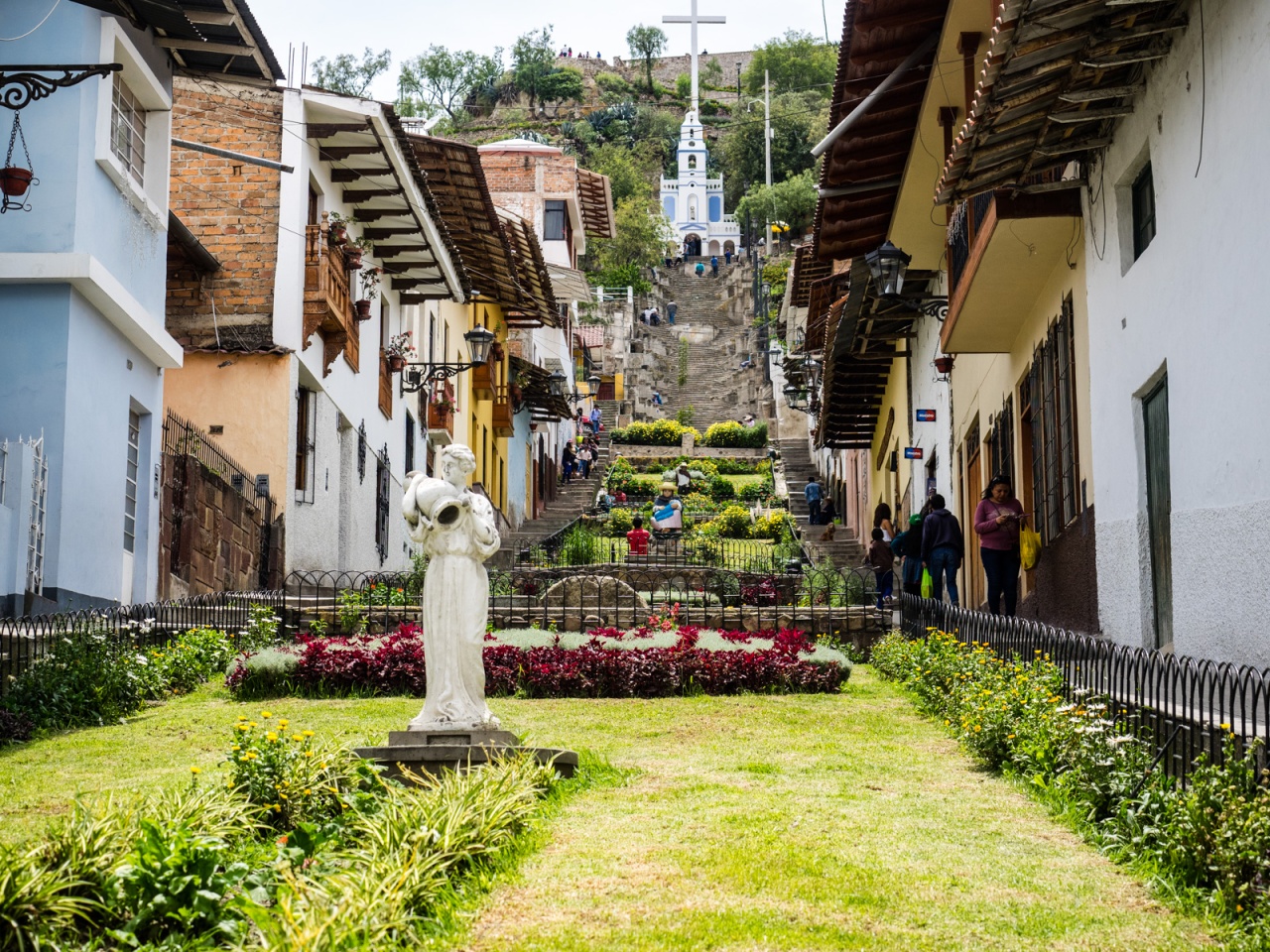
Looking up Santa Apolonia Hill, where the Incan ruler would address his subjects before the Spanish came.

Yellow represents happiness and luck and is the colour of choice on New Year’s Ever.

Grapes were cheap, abundant and delicious at the market.

Cajamarca’s bustling market, where you could buy everything, including fireworks.

And giant underwear.
Cajamarca is arguably most famous as the place where Francisco Pizarro captured the Incan leader Atahualpa and held him ransom. Then, when the ransom was paid, Pizarro executed Atahualpa anyway, paving the way for the Spanish conquest of the Incan empire. Unfortunately, the church where he was held ransom, as with all the other local museums, were closed while I was there over the New Year’s holiday.

San Francisco Church.

Pigeons roosting on San Francisco Church.
While I didn’t sleep well at the hostel, I did meet some good people to spend New Year’s Eve. We didn’t do anything exciting; we simply shared a meal and drinks at the hostel, then set out to a hill overlooking the downtown to take in the fireworks show we expected to erupt at midnight.
And erupt it did. Unlike in North America, where fireworks are controlled and a big New Year’s show would be held at one location – in Peru, the whole city lights up. For a good half an hour, there were explosions big and small going off in all directions. You could hear the crackles and bangs and see the small flashes of white, or the big multi-coloured displays from people who splurged on the good stuff at the market. By the end, a smokey haze settled over the town as we walked down the stairs, back to the city centre, where we failed at finding a decent bar and instead settled on more drinks at the hostel.

Climbing the steps of Santa Apolonia Hill to watch the fireworks.

A terrible picture of the fireworks. Unortunately, I’m having trouble embedding the video I took of the display.

The New Year’s Eve gang.
New Year’s Day was a lazy affair, with my only excursion to get lunch. We watched the documentary Meru on Netflix that afternoon, then some artsy horror film that night.
I liked Cajamarca and could have easily spent more time there, but I was also keen to get going and take advantage of the stretch of good weather I’d been enjoying. So the next day, after a trip to stock up on snacks at the grocery store, I headed off into the beyond for the next stage of my trip that would eventually bring me to the mighty Cordillera Blanca some 700 kilometres of riding away.
The road out of town was easy and amazingly flat for the 20 kilometres to Jesus. There, I tried cuy (guinea pig) for the first time. You see it everywhere in these parts, but I had yet to try it. The meat was OK, but it was very bony and ultimately disappointing, especially when considering it’s twice the price of the standard Peruvian meal.
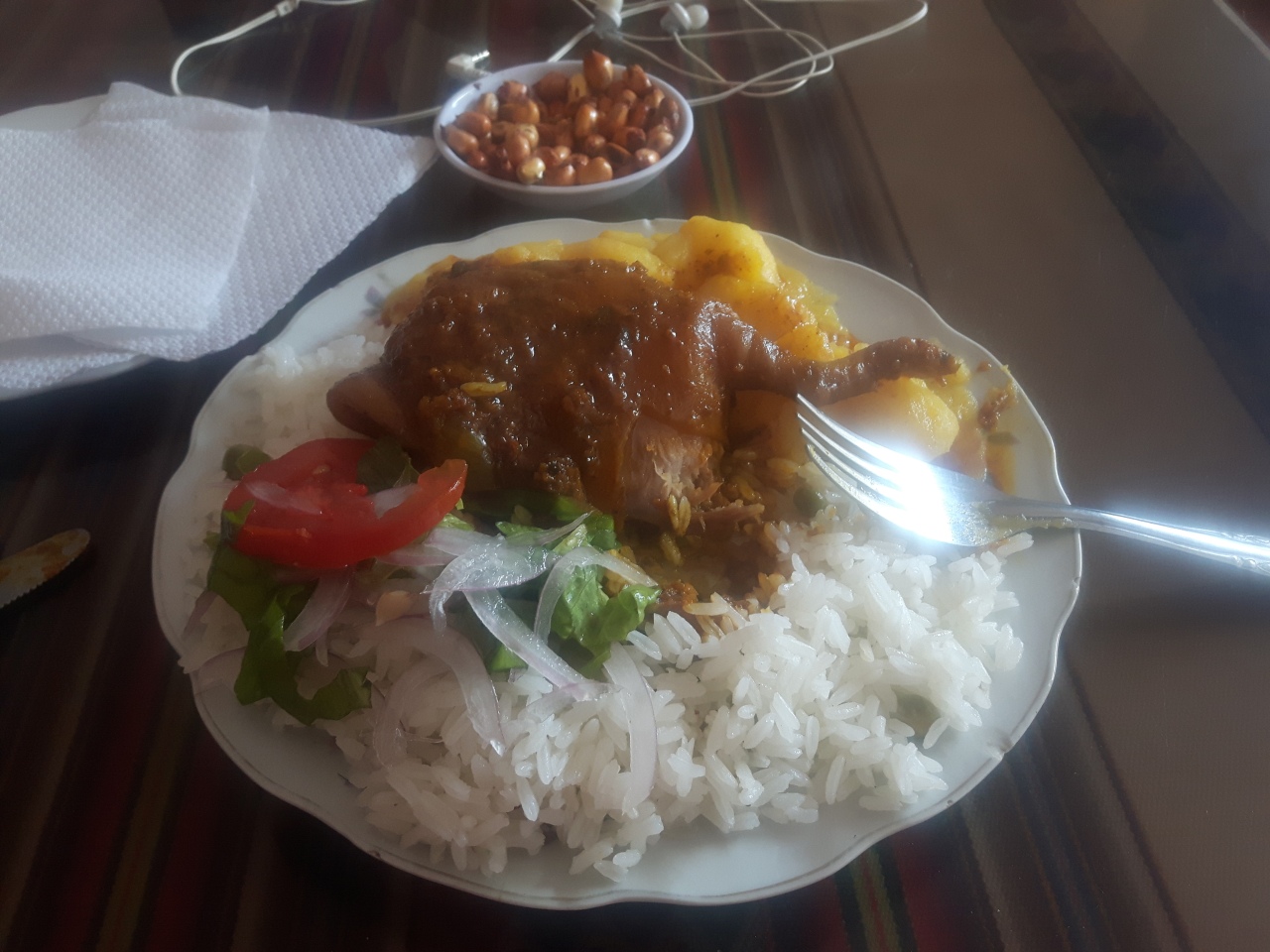
Cuy – aka guinea pig – is a common delicacy in Ecuador in Peru. I hadn’t tried it until I got to Jesus, but decided it was time to give it a shot.

Kids everywhere love bikes, though you don’t see too many riding them in Peru.
Leaving Jesus, I was presented with a monstrous climb to 3,900 metres. It started in cactus country and wound its way up the mountains, where farmers were plowing the fields with their cattle. As the day wore on, the farms became sparser and soon all I would encounter was the occasional horse and cow.

Looking down the switchbacks leading out of Jesus.

Political ads adorn most buildings in rural Peru.

Farmers plow the fields above Jesus.

Approaching 4,000 metres, farming became sparser and the views opened up.
As I neared the high point, I spotted a cluster of cell phone towers above me. I pedaled up the road towards them, thinking I might find a little cabin to sleep in. At the very least, the views at sunset and sunrise would be amazing. I wasn’t expecting to be greeted by two maintenance workers, who shared their food with me and gave me a mattress to sleep on. Unfortunately, despite their hospitality, I had my worst night’s sleep of the trip, as I tossed and turned until after 3 a.m., listening to the wind howl outside and thankful that I at least had some shelter.

Sunset from the cell phone towers at 4,100 metres.

The friendly dog who calls the towers home.


The two workers who’s hospitality I appreciated and names I forgot.
Groggy, I cooked myself breakfast in the morning and began the long ride to Cajabamba. It was mostly downhill, but with one good climb to keep me honest. I was also passing through an area where a few other cyclists had been detained by local villagers who were distrusting of outsiders. That weighed on me as I crested the big climb beforehand and began my descent through this area. My plan was to race through as fast as possible and stop for no one. I read it was all downhill, but that wasn’t exactly true as the road flattened each time it past a cluster of homes. I succeeded in running the gauntlet, but not without seeing kids run off in terror as I approached, adults scowl as I passed, and a few people yell at me. It was such a strange contrast to elsewhere in South America, where I’d usually be greeted by smiles, waves and friendly hellos.

The light was incredible that morning.


A lone shack sits in an otherwise empty field.


I passed a few trucks laying out fresh dirt on the road.
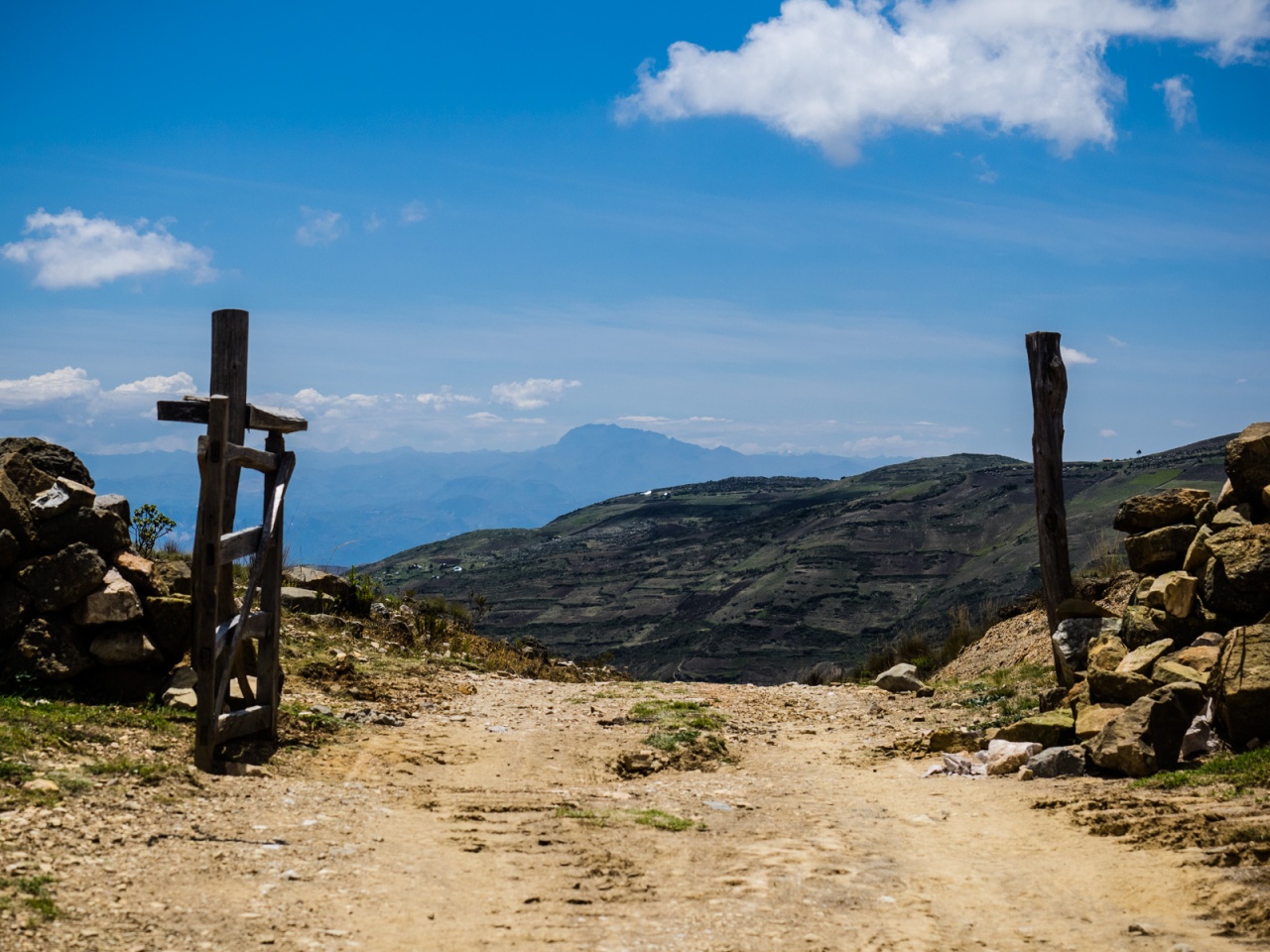
The pass before the land of angry villagers.
I made it to Cachachi, where I lunched in their large but empty market hall. One more short climb, and I found myself on a 30 kilometre dirt road descent to the valley below. Once again I was back in cactus country that is a feature of Peru below 3,000 metres. By this point, I was thoroughly exhausted due to lack of sleep, and still faced the prospect of a 600 metre climb. I churned away the kilometres, pausing whenever I heard a passing car to see if I could hitch a ride. But eventually the kilometres ticked away and I found myself on the flat road into Cajabamba – a pleasant and typical small Andean city with a nice square, pedestrian street and lively market. It’s clearly a spot that’s popular amongst Peruvian tourists, but not on the Gringo trail. I found a great hotel to sleep at and ate the best barbecue chicken of the trip before crashing.

The streets of Cachachi.
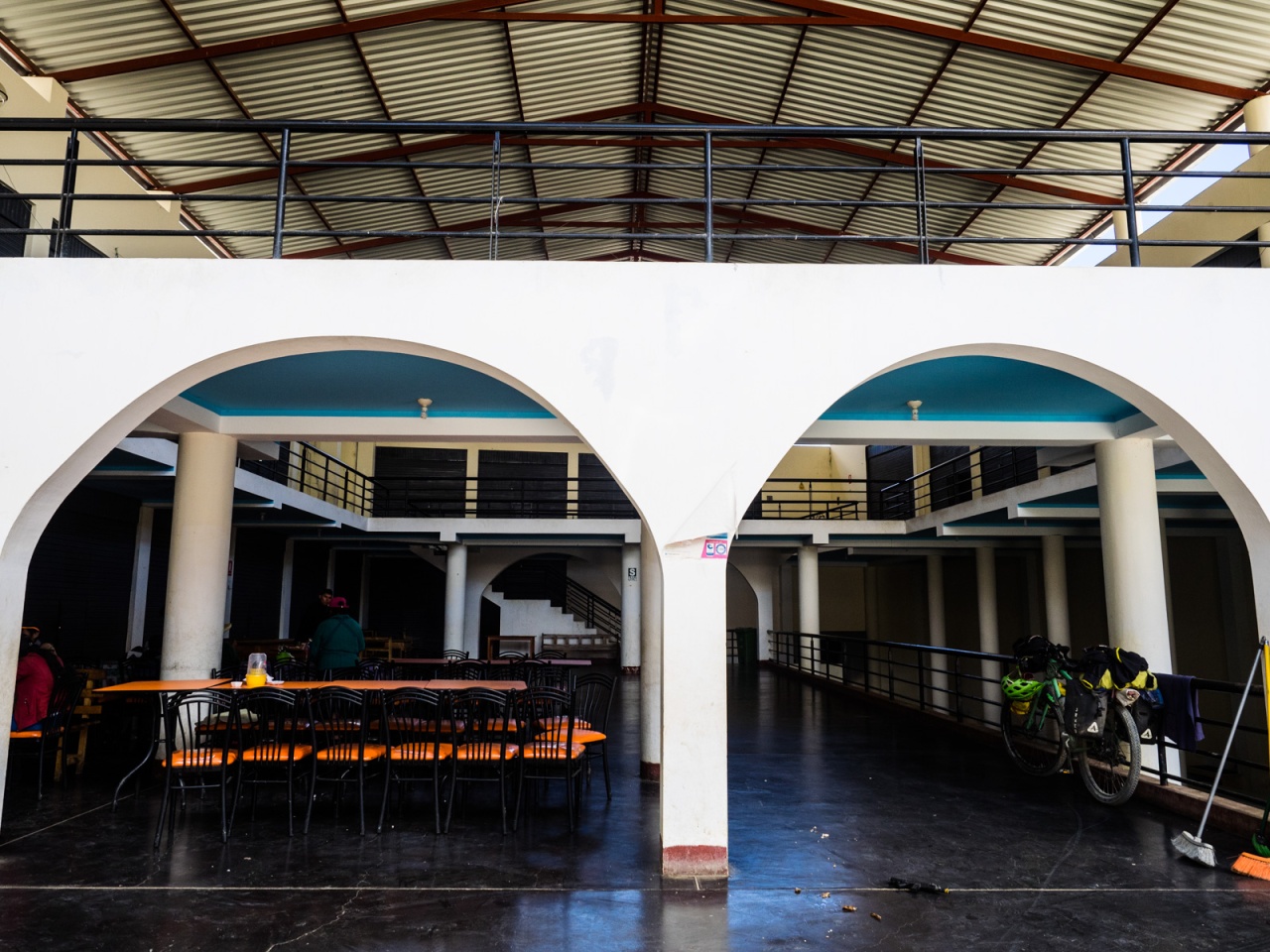
Cachachi’s empty market hall – a surprisingly large building for a small village in the middle of nowhere. I assume it fills up on market days, but when I showed up, there was only two stalls occupied, both serving a typical Peruvian meal.

The views outside Cachachi..

More country scenes outside Cachachi. All around here, farmers were plowing the fields with help from their cattle.

These stone fences felt so much more in tune with the landscape than the barbwire seen elsewhere.

Views down in the Huamachuquino River valley.

Cajabamba’s main church.

Cajabamba’s main street.

Tuk-tuk’s are the taxi of choice around here.

Locals gab about outside Cajabamba’s market..
The next day I had a lazy start before hitting the road for 55 kilometres of mostly paved riding to Huamachuco. I skipped one section of highway to take a steep shortcut through a rural area, but once I reconnected with the main road, I stuck with it until my destination, passing by a large but unscenic lake, where I got fresh trout at one of the many restaurants lining the shore.

Sheep on the shortcut.


A huge mine looms over Huamachuco – a sign of things to come.
In Huamachuco, I found a room for 20 soles ($8 CDN) right on the main plaza. The price was right, but the noise wasn’t. Still, I decided to take a day off in Huamachuco, which had all the features I enjoy about small Peruvian cities – the vibrant market, pleasant pedestrian street, colourful locals in big hats, and – best of all – the best central square I’ve experienced in South America. It was filled with beautiful flowers and incredibile topiary, and was surprisingly serene despite the buzz of tuk-tuks flying around the outskirts. I sent my brother a GPS of my route for the next few days as a safety precaution, knowing I was about to enter a remote area with few people around in case things go wrong.




A few examples of the amazing topiary in Huamachuco’s Plaza de Armas.

An exhibit at the local museum.

Huamachuco’s historic clock tower.

Kids playing at the Agua de los Pajaritos, which is said to have special properties.

Shoes at the market.
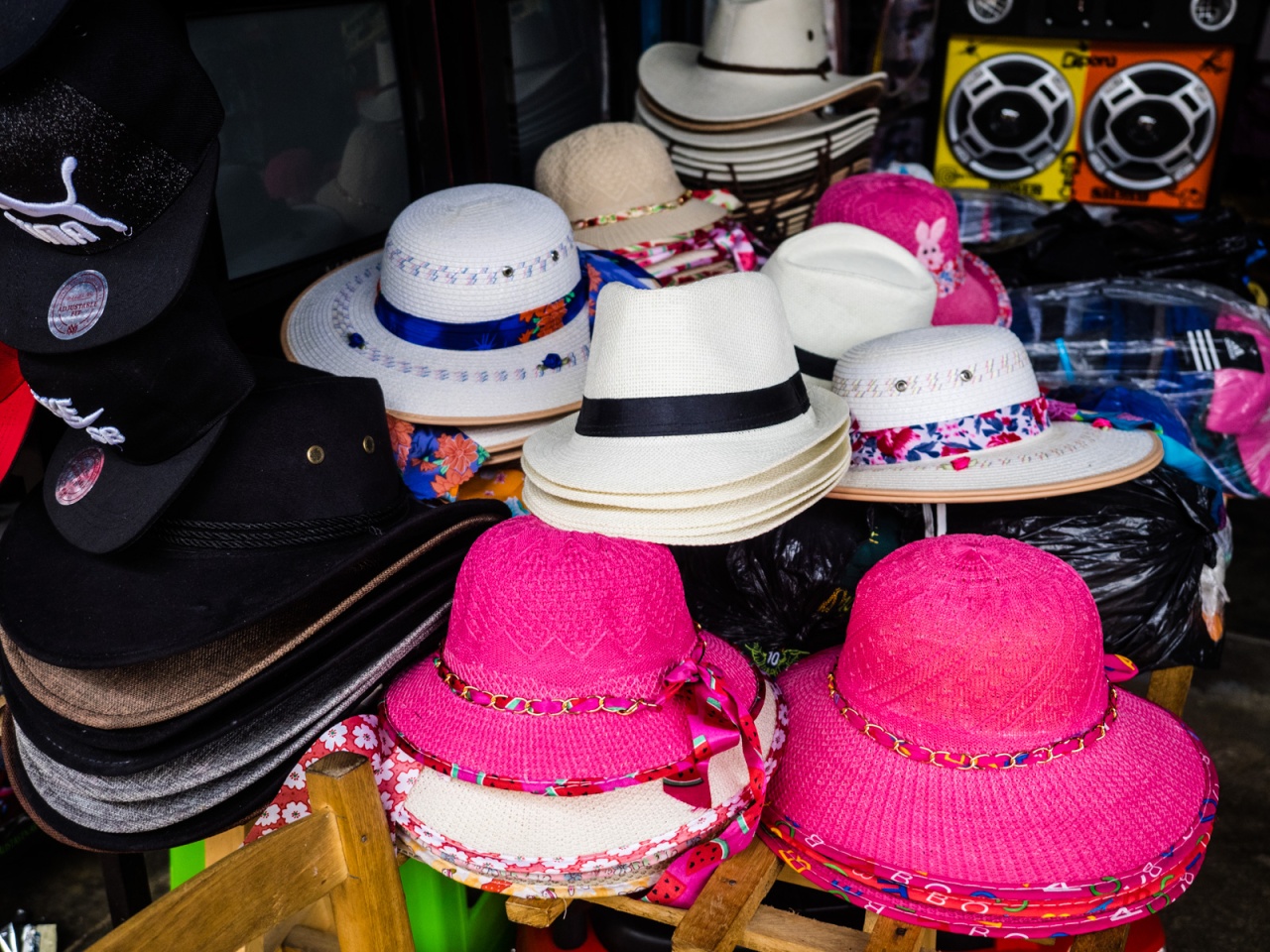
Where the white hats come from.

A woman selling the white hats that are worn throughout the region.

Huamachuco’s Plaza de Armas at night.
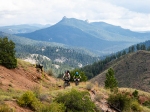
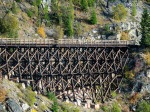

Hey there! Nice story and pictures! We also did this route in August last year and although it was amazing we had the same experience with the locals, really weird and uncomfortable. I’ve also written a report here:
https://www.crazyguyonabike.com/doc/page/?o=1mr&page_id=526430&v=6q.
Where are you now? Did you finish your journey?
LikeLike
I finished my trip in Paracas in March, after riding the Peru Divide route through the Rio Canete valley. I do plan on returning to ride the rest of South America.
LikeLike
Cool south America is really beautiful! We also did the first part of the Divide, it was an amazing experience, next time I want to do it all the way but with a bikepacking setup.
LikeLike